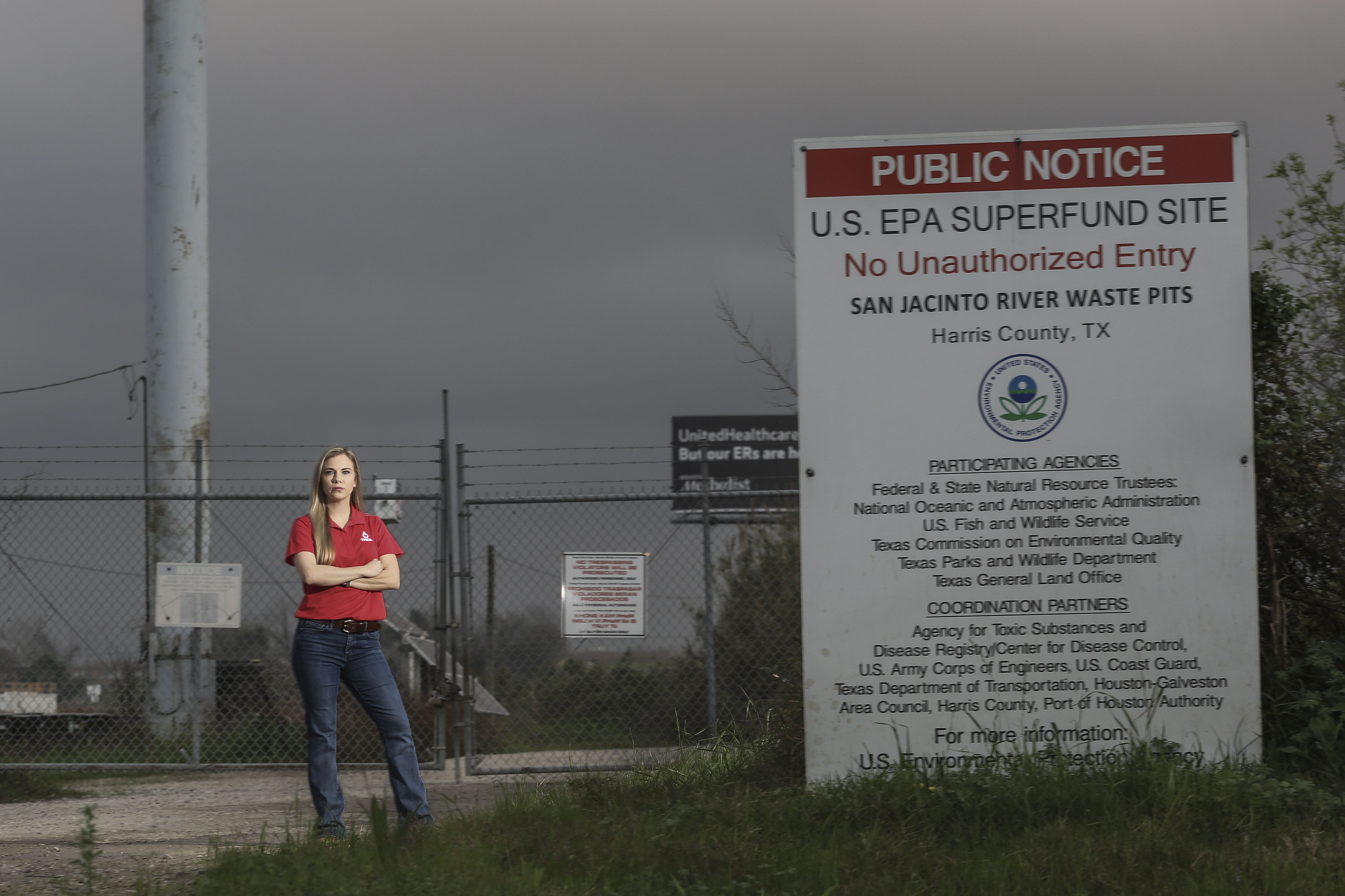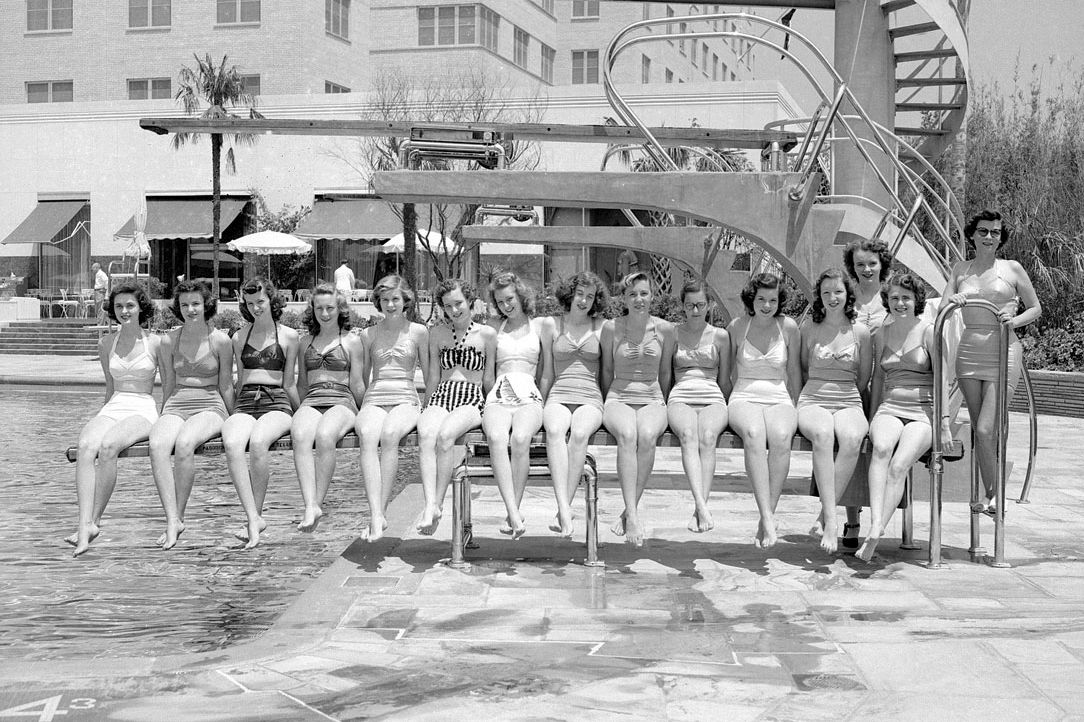The EPA Has Found High Dioxin Levels at the San Jacinto Waste Pits

Image: EPA
It turns out that everyone who was worried about how the San Jacinto waste pits would hold up during Hurricane Harvey was right on the money. Not only did officials with the federal Environmental Protection Agency find that the waste pits had leaked immediately after the storm last August, a new round of EPA testing has revealed that the area is still recording higher-than-normal dioxin levels in the area.
This isn't exactly a shock. The waste pits have sat on the banks of the San Jacinto River, and for decades have been packed full of dioxin and other toxic substances—the byproducts and chemical waste from a nearby paper mill that arranged to tuck the substances into the ground starting back in the 1960s.
The stuff was supposed to stay in these waste pits, but it didn't.
The government traced high dioxin levels back to the waste pits in the early 2000s, declared the area a Superfund site, and had EPA workers clap a temporary armored cap on the wedge of land to keep the toxic sludge remaining in the waste pits contained in 2011.
Immediately after Harvey, officials dismissed concerns that the waste pits (which used to sit on the edge of the river but had become partially submerged over the years) had been damaged and were leaking. They negated these worries right up until tests showed that dioxin levels had spiked and were registering at 2,000 times the level that triggers an automatic EPA-mandated cleanup. The repairs were ordered, while at the same time the EPA—which had been on the fence about whether to order the companies held legally responsible for the waste pit situation to cover up or just remove the contents of the pits entirely—opted to go with the pricier option of complete removal.
Just in case anyone was doubting that this was the right decision, now we've got the most recent EPA findings from samples taken in June and announced last Friday, according to the Baytown Sun.
The hurricane caused erosion of the cap across 1.5 acres of the site, and going as far as 12 feet deep in some places. Repairs were quickly made, but it was found last month that apparently these repairs didn't entirely fix the problem.
Not only is there still dioxin in the water and other surfaces near the pits, dioxin levels are still registering nearly as high as they were in those first days and weeks after Harvey, when they were more than 70,000 parts per trillion. (The EPA mandates cleanups for 30 parts per trillion and up.)
Luckily, despite the decision to take the San Jacinto waste pits off the EPA's Superfund priority list back in April, the plan to have the two companies held responsible for the waste pits, International Paper and the Industrial Maintenance Corporation, take the stuff out entirely is still reportedly moving forward. But in the meantime, if you have the urge to swim along that one stretch of the river, or to go out there and stand on the banks and do a little fishing for supper, heed the warning signs and don't do it.




